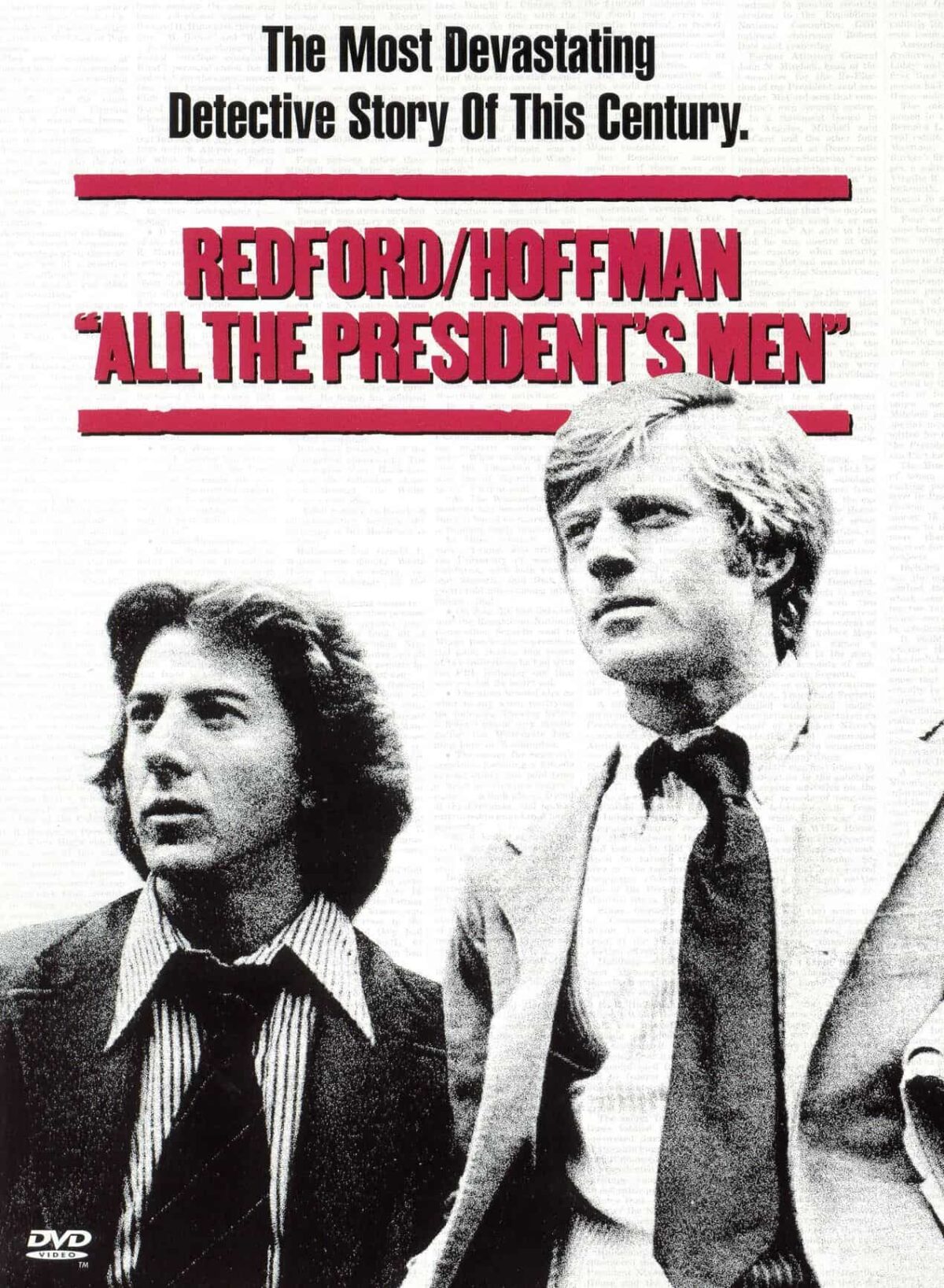I have some DVDs from the bygone era and before they become non-functional, I am going to record interesting bits from these Director’s Cut editions. These provide valuable insights into the art of filmmaking and it’s amazing to see how great filmmakers adjust to the dynamic conditions, how much trouble they take to get the tiniest of details right and produce a memorable experience. Other movies in this series are
The director of All The President’s Men was Alan J. Pakula while Robert Redford was the producer.
1. The movie starts with close up of a white screen. Viewers do not realise what exactly they are seeing. Redford and Pakula wanted the beginning to have a shock, a punch. They estimated that it takes about 17 seconds for the viewers to get restless if they do not see anything on the screen. After 17 seconds, there is an explosive sound and the letter ‘J’ appears on the screen. By the time you realise that you are watching close up of a paper in a typewriter, the full date has been printed: June 1, 1972. Typewriter is a weapon here, so are telephones, pens and papers.
2. Most of the movie is shot in dark by cinematographer Gordon Willis aka ‘Prince of Darkness.’ This is the murky world where nothing is certain, all facts are jumbled. It is only in the newsroom with bright, fluorescent lights that the truth emerges.
3. Although Bob Woodward (Robert Redford) dressed well, he was not the neatest guy in private. Also, he never slept. He always worked. Carl Bernstein (Dustin Hoffman) was very smart. His parents had been political radicals so he had a bent towards justice and fair play. He used a lot of tricks in getting the story. He was a good writer.
4. Every single thing in the original newsroom of The Washington Post was duplicated on the set, including the chairs, phones and the wastebaskets. They itemised every single item in the newsroom and even collected the actual trash from the newsroom wastebaskets to send it out to California.
5. Redford started noticing the news stories shortly after Watergate scandal broke and he realised that the bylines were always these two guys : Carl Bernstein and Bob Woodward. Later on, as the stories grew, he met with them and was struck by the contrast in their personalities. He wanted to make a small black and white movie about the investigation. By the time the movie was made, Watergate was over and the studios were not sure if the movie would have any interest left. Redford tried to convince them that it was an investigative thriller and should be interesting even though the outcome was known.
6. To get into the rhythm of the characters, Redford and Dustin Hoffman who played Bernstein memorised not only their own lines, but each other’s lines as well. This meant that the actors who were working with them often got stunned because Redford and Hoffman used to complete each other’s sentences.
7. In most of the outdoor scenes, the street is wet even though it did not rain that much in Washington. This was a trick by Gordon Willis who put water on the streets to make them reflective and help with the lighting.
8. The scene where Woodward talks on the phone with Ken Dahlberg was a six minute shot without any cuts. Woodward is making phone calls while in the background his colleagues are working, watching TV and discussing. They had to make special arrangements to keep the foreground as well as the background in sharp focus.
9. The accountant played by Jane Alexander – who was nominated for Best Supporting Actress Academy Award – came on the set wearing a blue dress. Pakula started shooting her as she was, without changing her dress, hairstyle or applying any makeup.
10. The role of Deep Throat was chosen with care. He was not the usual moustache-twirling villain. Redford and Pakula felt that he should have dignity. He should be portrayed as somebody who is tortured, had a lot of integrity. He wanted to save the FBI because he felt that Nixon was seeking to destroy it, which was true.
11. The garage where Woodward met Deep Throat at 2.00 AM was meant to come across as a scary place, where anything could happen. It is a quiet place where every small sound is heard, like dripping water pipes. And suddenly, you hear screeching tires of a car that make you jump out of your seat.



